Now that SpaceX has successfully and safely demonstrated the upright recovery of their Falcon 9 booster that flew to the edge of space and back on Dec. 21 – in a historic first – the intertwined questions of how did it fare and what lies ahead for the intact first stage stands front and center.
Well the booster is apparently no worse for the wear of the grueling ascent and descent and will live to fire up again one day in the not so distant future at a former shuttle launch pad at NASA’s Kennedy Space Center in Florida, following thorough inspections by SpaceX engineers.
“No damage found, ready to fire again,” reports SpaceX billionaire founder and CEO Elon Musk.
“Falcon 9 back in the hangar at Cape Canaveral.”
To prove his point about the recovered boosters viability, Musk has released new wide angle and up close photos of the first stage, pictured above and below.
The booster appears remarkably clean, only somewhat disheveled and blackened by soot from rocket exhaust and hypersonic speeds after blastoff and reentry and no obvious signs of damage.
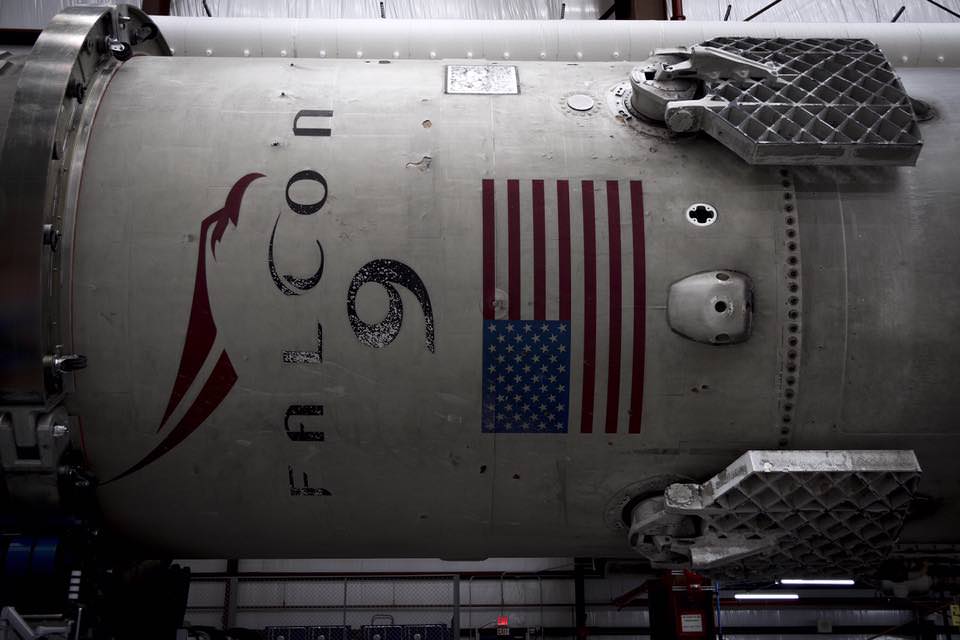
Musk’s space vision is to radically slash the costs of launching people and payloads to space by recovering and reflying rockets – built individually at great expense – rather than completely discarding them after a single use.
Musk’s long term dream is to enable “A City on Mars” – as I reported earlier here.
The Dec. 21 upright landing recovery of the intact Falcon 9 first stage counts as a game changing achievement in the history spaceflight on the once fantastical road to rocket reusability and “A City on Mars.”
“I think quite vital to that goal is reusability of an orbit class rocket. It’s really fundamental to that goal, without which it would be unaffordable,” Musk said at a post launch and landing media telecon on Dec. 21.
Furthermore, Musk indicated at the media briefing that the near term fate of the recovered booster would likely be to serve as a pathfinder stage for use in a full fledged hold down, static hot fire test at historic Launch Complex 39A at the Kennedy Space Center.
“We want to confirm that all systems are good, and that we’re able to do a full thrust hold down firing of the rocket,” Musk explained.
Sometime later this year, the booster will be rolled out from the hanger with a newly constructed transporter- erector and moved up the ramp to pad 39A. Technicians have already begun exercising the transporter- erector, practicing back and forth movements and raising the assembly to launch position.

The Falcon 9 first stage will be recycled to test out equipment, propellant loading, launch procedures and first stage ignition of the boosters upgraded Merlin 1D engines.
SpaceX is refurbishing pad 39A under a long term lease from NASA for use as a launch site starting in 2016 for the firms Falcon Heavy and Falcon 9 vehicles.
Following its spectacular blastoff from the Florida space coast on Dec. 21, the 156 foot tall booster gently touched down vertically with a rocket assisted soft landing some ten minutes later at Landing Zone-1 (LZ-1) on Cape Canaveral Air Force Station, Fla.
The entire out of this world event was webcast live by SpaceX and looked like a scene cut straight out of a science fiction movie – only it was real and thrilled on-site spectators and webcast viewers worldwide.

Soon after touchdown, Musk and his team visited LZ-1 for a preliminary assessment of the boosters fiery race to space and back. Workers used a crane to tilt the spent booster horizontally, cradle it onto a lengthy multi-wheeled trailer and tow it some ten miles north to its temporary home at a spanking new hanger just built by SpaceX at historic Launch Complex 39A at the Kennedy Space Center.
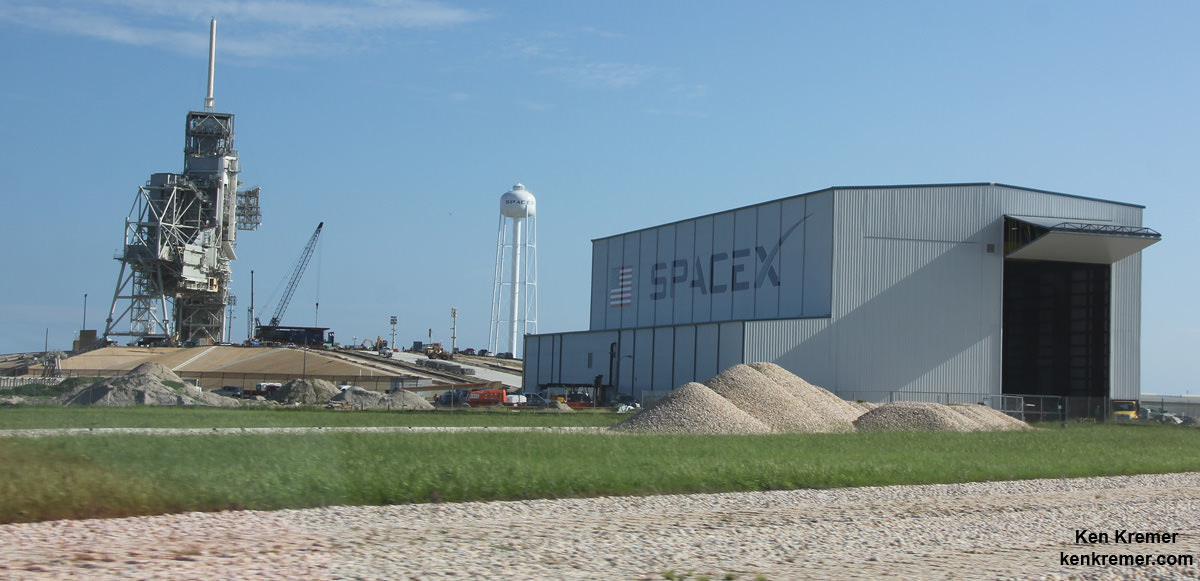
The video below shows the booster as its about to enter the gigantic new processing hanger that SpaceX has just constructed at the front entrance to Launch Complex 39A at the Kennedy Space Center.
Video caption: SpaceX Falcon 9 chance sighting as it was being transported to the new SpaceX Hanger located at the former LC39A Shuttle Launch Facility. Credit: Shannon Gordon
The huge new SpaceX hanger at Launch Complex 39A is intended to process both the existing medium lift Falcon 9 rocket and the new heavy lift Falcon Heavy rocket – which is essentially a tripled barred Falcon 9.
Furthermore SpaceX also intends to use pad 39A to launch astronauts on the commercial crew version of the firms Dragon spacecraft staring in 2017, under a Commercial Crew Program (CCP) development contract with NASA.
Musk added that he prefers to save this first recover Falcon booster for historical reasons and likely put it on display somewhere, perhaps in a museum.
“I think we’ll probably keep this one on the ground just because it’s kind of unique. It’s the first one that we brought back.”
The Falcon 9 booster landed nearly dead center at LZ-1.
The primary goal of the Dec. 21 ‘Return to Flight’ launch was carrying a constellation of 11 ORBCOMM OG2 commercial communications satellites to low Earth orbit.
About 3 minutes into the flight the first stage separated from the upper stage which continued to orbit with the 11 Orbcomm satellites. Engineers then reignited a first stage Merlin 1D engine several times to successfully make the propulsive ground landing about 10 minutes later at LZ-1 at the Cape, some six miles south from the SpaceX launch pad at Space Launch Complex-40 (SLC-40).
Video caption: Mobius remote video camera positioned at launch pad showing blastoff of the SpaceX Falcon 9 Orbcomm-2 mission on December 21, 2015. Credit: Ken Kremer/kenkremer.com
“The satellites were deployed right on target,” Musk stated at the briefing. “And the Falcon 9 booster came back and landed, it looks like, almost dead center in the landing pad. And then the upper stage did a coast and then restarted to prove out the coast and restart capability.”
“So as far as we can see right now the mission was absolutely perfect. We could not have asked for a better mission or a better day.”
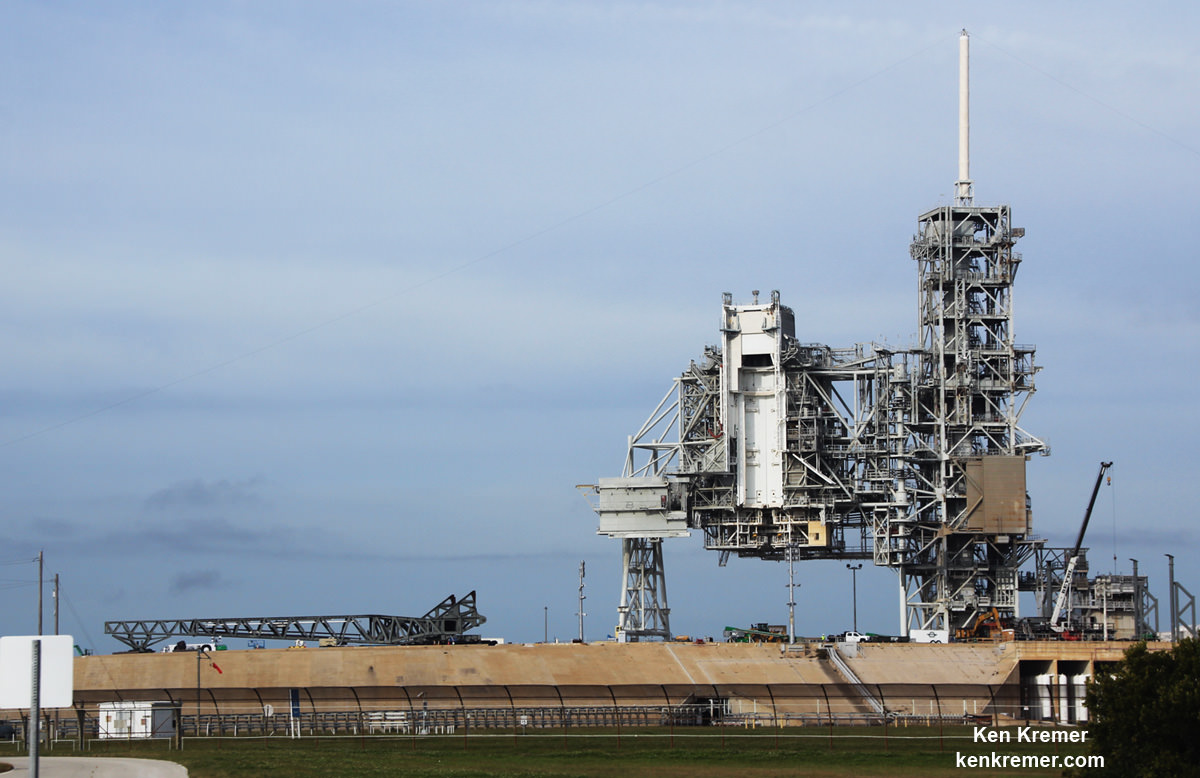
As for future recovered boosters, Musk definitely plans to refurbish and refly them – perhaps by the end of 2016 if all goes well.
“Over time we expect to get back over 99% of the rockets,” Musk elaborated. “So we will figure out how to make the reuse as easy as possible. So that really no work is required between reuses, apart from refilling the propellant tanks.”
“So it will take us a few years to iron all that out and make sure it all works well.”
Although some companies have expressed an interest in flying on a recovered booster, there are no announced customer contracts – yet!
Stay tuned here for Ken’s continuing Earth and planetary science and human spaceflight news.
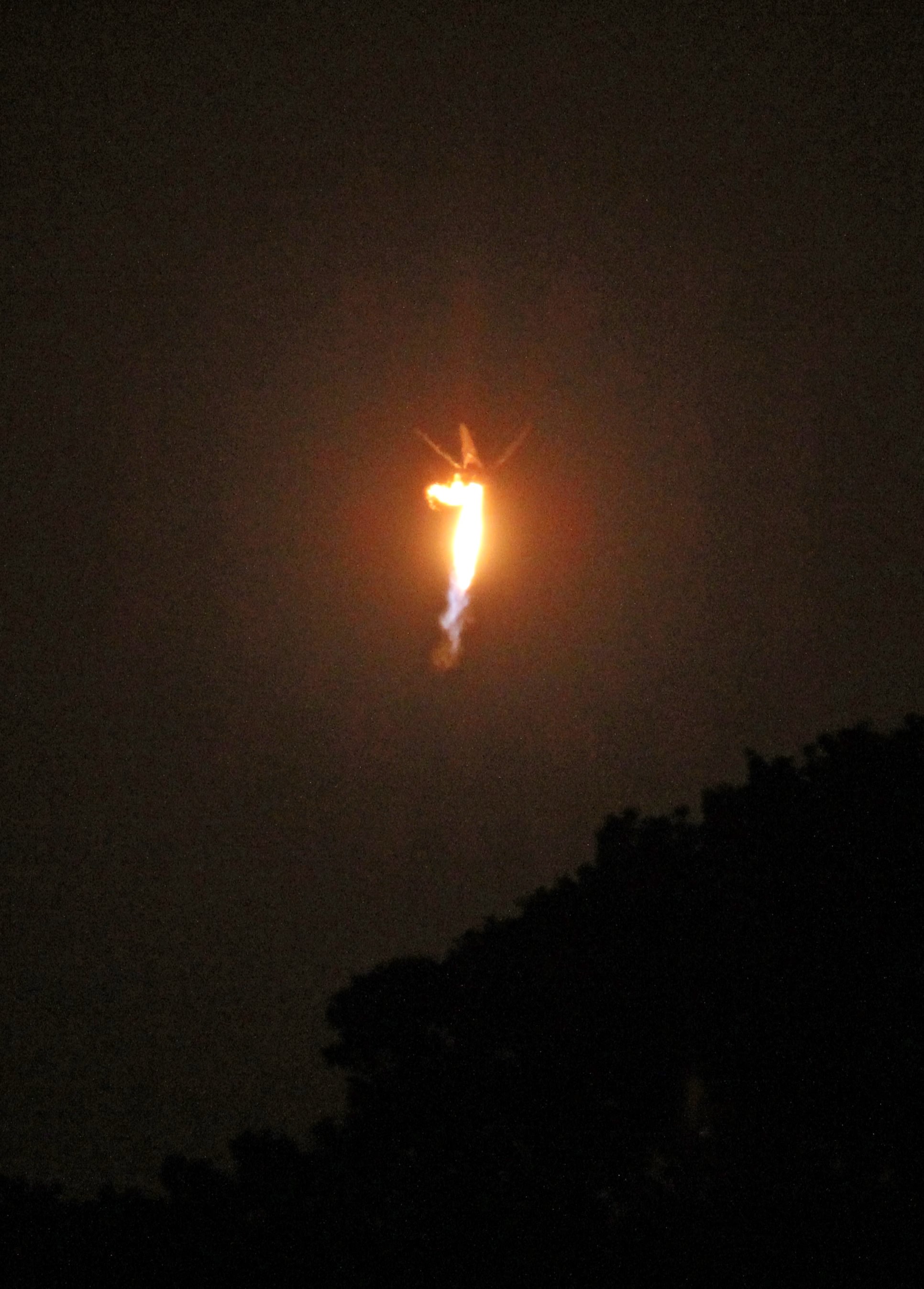
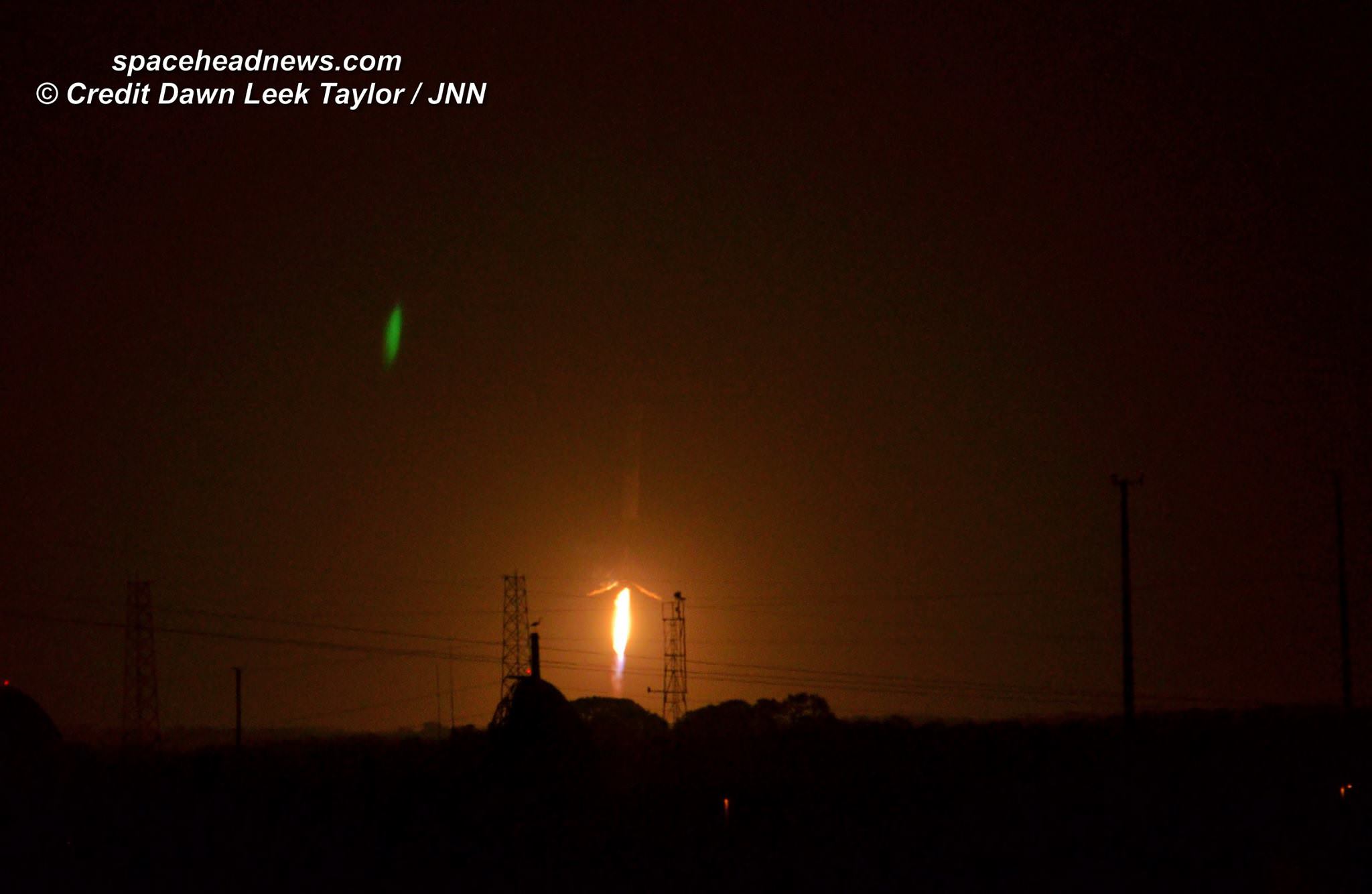
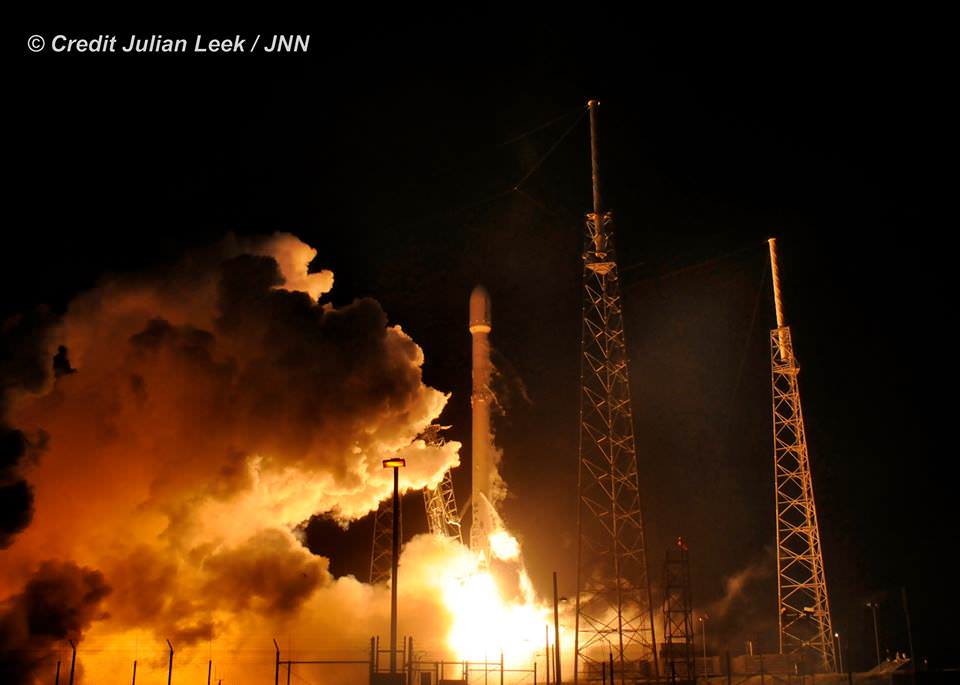

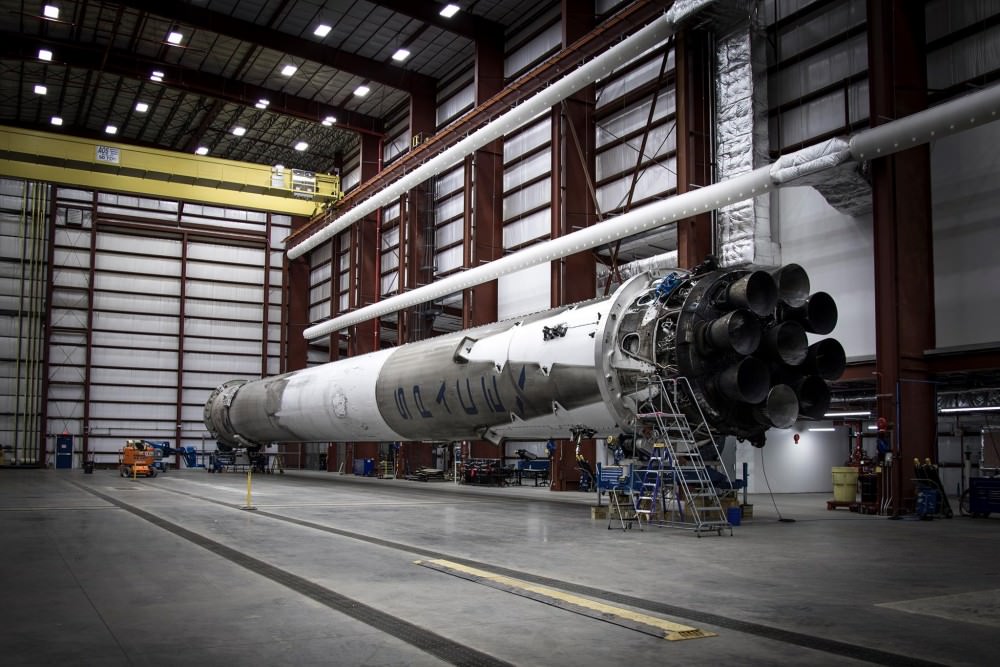
This is Great News and could not have gone better , Well Done SpaceX Fantastic Work…
I wonder if SpaceX will go for re-landing the boosters and the first stage for the Arabsat Falcon Heavy launch. That would be quite a show